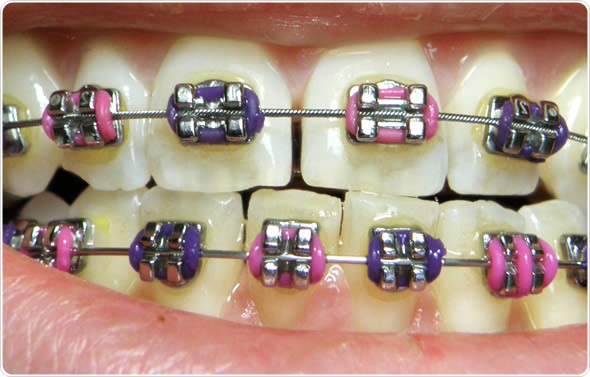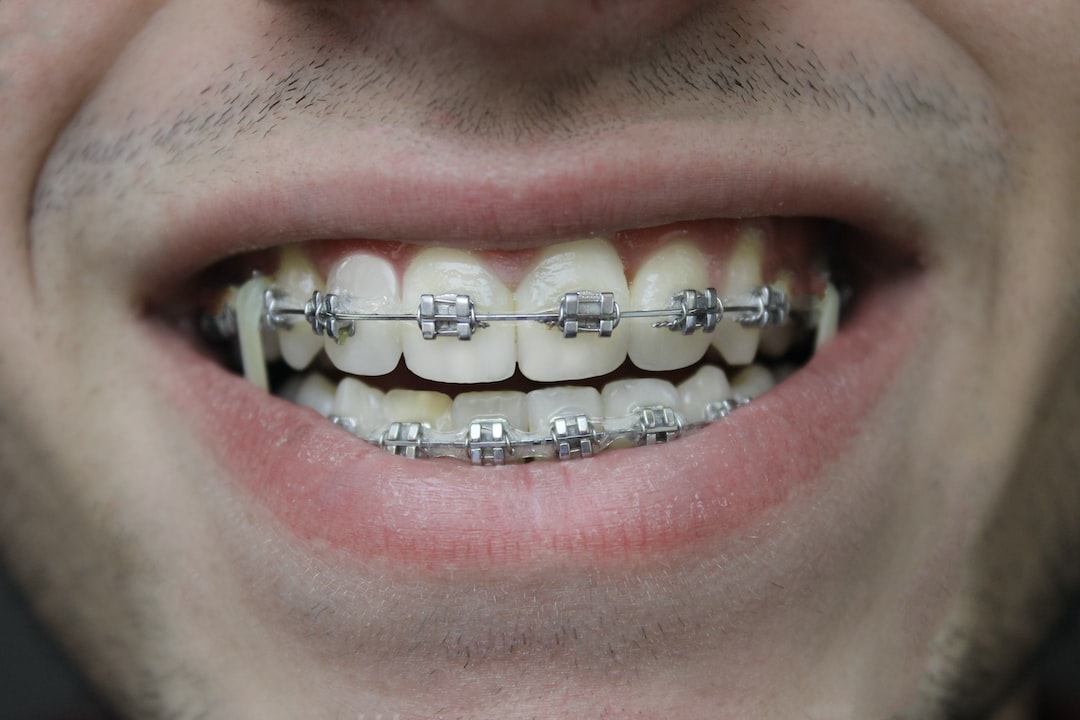What Sets Cumming Braces and Aligners Apart from Other Orthodontic Treatments
What Sets Cumming Braces and Aligners Apart from Other Orthodontic Treatments
Blog Article
Comprehensive Guide to Orthodontics Procedures for Correcting Dental Imbalances
In the world of orthodontics, the journey to accomplishing a perfectly aligned smile includes a myriad of procedures customized to fix dental imbalances. From standard dental braces to unnoticeable aligners and also surgical options, the field of orthodontics supplies a variety of options to resolve varying levels of dental irregularities. Understanding the complexities of each treatment, including their mechanisms, advantages, and potential disadvantages, is vital in making notified choices concerning one's orthodontic treatment. As we navigate through the extensive overview to orthodontic treatments for fixing oral imbalances, the detailed information of each technique will certainly unravel, clarifying the course toward a useful and harmonious dental alignment.
Orthodontic Procedures Review

Regular adjustments and tracking are important parts of orthodontic therapy to make sure progress is on track and to make any type of necessary adjustments along the means. By undergoing orthodontic procedures, individuals can not only attain a straighter smile yet also improve their overall dental health and feature.
Traditional Braces: Exactly How They Function
When considering orthodontic treatments for dental misalignments, traditional dental braces stand out as a tried and true method for fixing teeth positioning. Traditional dental braces consist of braces, cables, and bands that work with each other to use continual stress on the teeth, slowly relocating them right into the wanted placement.
One secret facet of just how conventional dental braces job is the process of bone improvement. As stress is used to the teeth with the dental braces, the bone bordering the teeth is improved to support the new tooth settings. This renovation is vital for the lasting stability of the corrected positioning. Individuals will require routine changes at the orthodontist's office to guarantee the dental braces proceed to use the appropriate pressure for effective teeth motion.
Unnoticeable Aligners: Disadvantages and pros
Unnoticeable aligners supply a convenient and very discreet alternative to standard dental braces for remedying dental imbalances. These clear, custom-made trays are essentially unseen when worn, making them an enticing choice for individuals seeking a much more visually pleasing orthodontic therapy. One of the key benefits of invisible aligners is their removability, enabling less complicated upkeep of oral hygiene compared to standard dental braces. Individuals can get rid of the aligners before consuming or brushing their teeth, minimizing the threat of food getting stuck in the appliance and simplifying the cleansing process.

Surgical Orthodontic Options
Surgical interventions in orthodontics present feasible alternatives for addressing complex dental imbalances that may not be efficiently fixed with traditional orthodontic therapies. While unseen aligners and conventional dental braces can remedy many orthodontic problems, certain instances need medical intervention to achieve optimal results. Surgical orthodontic choices are typically recommended for serious malocclusions, significant jaw inconsistencies, and cases where the underlying bone structure needs alteration to attain proper positioning.
One typical medical orthodontic treatment is orthognathic surgical treatment, which includes rearranging the jaws to deal with practical concerns such as difficulty speaking or eating. This surgical treatment is frequently done in partnership with an orthodontist who helps straighten the teeth before and after the procedure. Surgical orthodontics might also involve procedures to reveal influenced teeth, get rid of excess periodontal tissue, or improve the jawbone to create a more unified facial account.
Prior to thinking about surgical orthodontic alternatives, individuals undertake a detailed assessment learn this here now to determine the necessity and prospective advantages of such interventions. cumming invisalign. While surgical procedure may seem difficult, it can substantially enhance both the function and looks of the smile in instances where conventional orthodontic therapies fail
Retainers and Post-Treatment Treatment

Post-treatment care involves following the orthodontist's guidelines carefully. This may include correct oral hygiene practices, participating in follow-up visits, and wearing the retainers as suggested. Failure to adhere to post-treatment treatment instructions can result in regression, where the teeth gradually move back towards their original positions. Consistent retainer wear, good dental hygiene, and regular dental exams are necessary for keeping the results accomplished through orthodontic surgical procedure and guaranteeing the long-lasting stability of the fixed dental alignment.
Conclusion
In verdict, orthodontic treatments provide various choices for correcting oral imbalances. Surgical orthodontic choices are available for a lot more severe misalignments. Generally, orthodontic procedures can effectively enhance dental health and visual appearance.
As we navigate via the extensive overview to orthodontic treatments for correcting dental misalignments, the intricate details of each approach will certainly unfold, dropping light on the course towards a useful and unified oral alignment. - braces
One of the most typical orthodontic treatments is the usage of baby dentist braces, which are composed of steel brackets and cables that use mild stress to gradually change teeth right into the preferred setting.When taking into consideration orthodontic therapies for oral misalignments, standard braces stand out as a reliable approach for correcting teeth positioning. Furthermore, invisible aligners may not be ideal for complicated orthodontic concerns that require more substantial teeth activity, as they are generally advised for light to modest cases. Retainers are customized orthodontic tools made to hold teeth in their fixed settings after the conclusion of orthodontic treatment.
Report this page